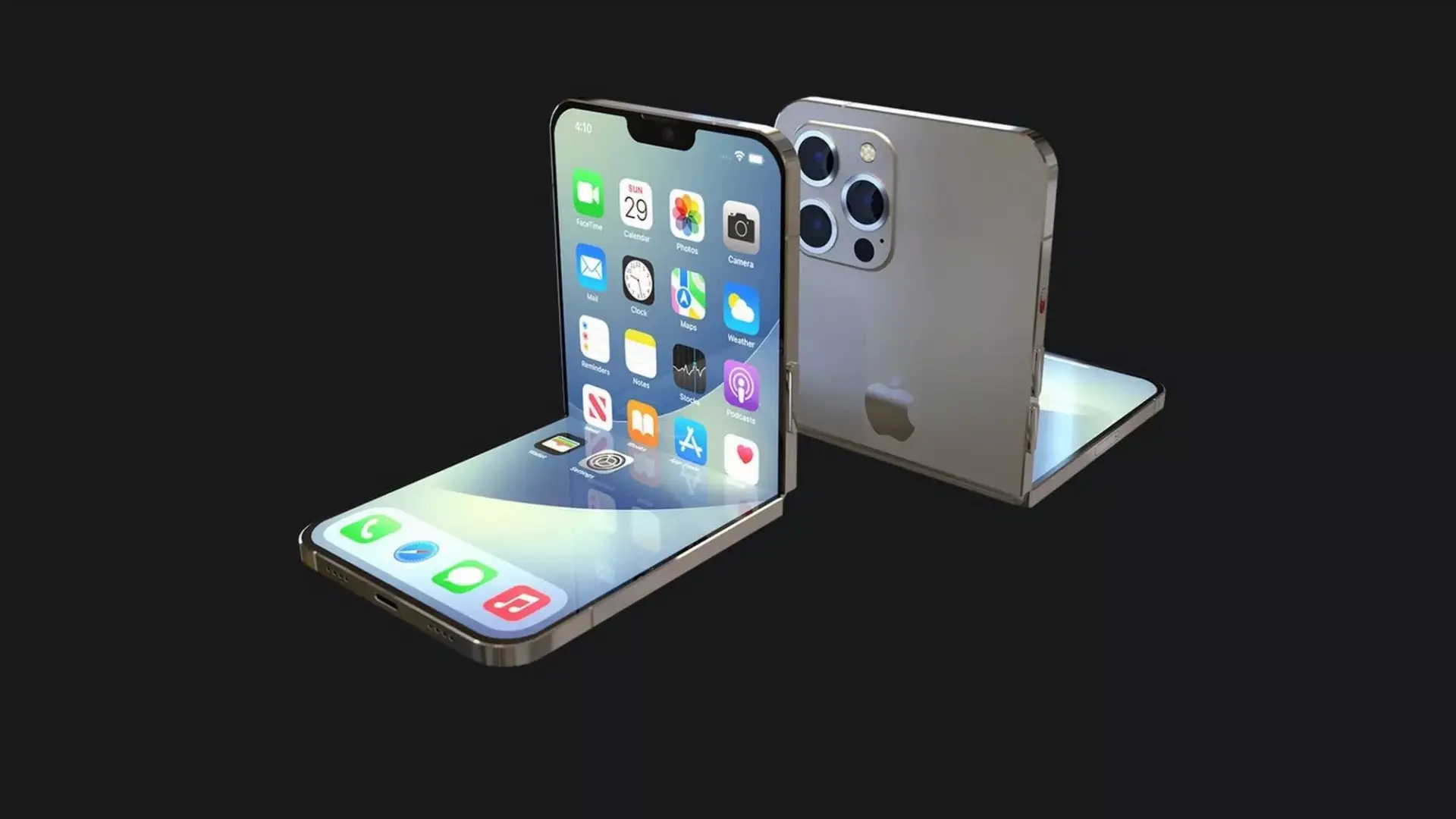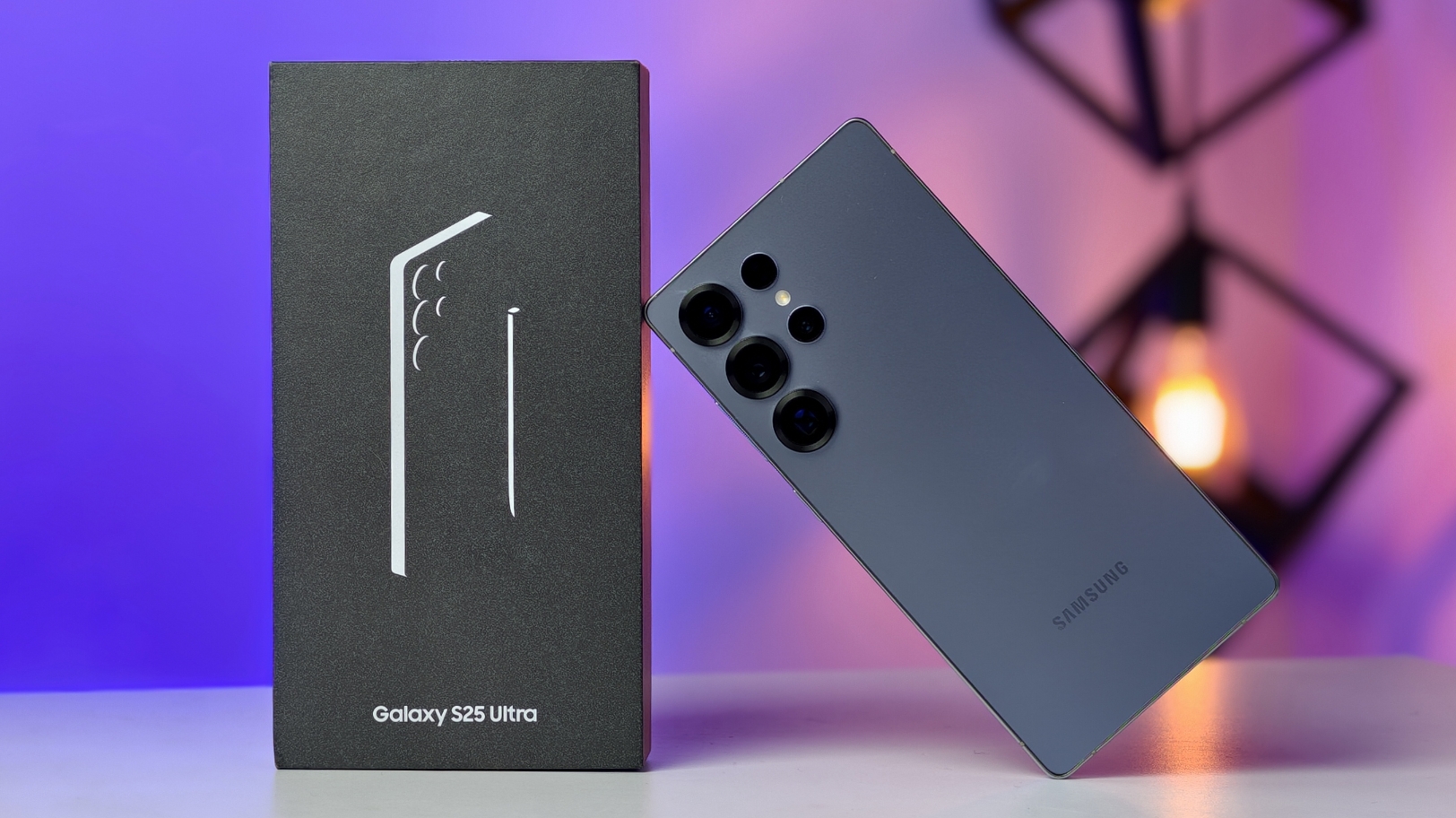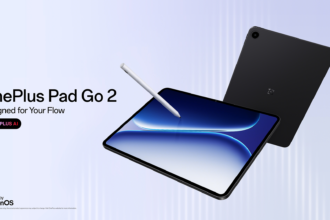Apple, a company known for its tightly controlled product ecosystem and meticulous approach to new technologies, is reportedly working on not just one, but two foldable iPhones. Whispers within the tech industry suggest that the tech giant is exploring different form factors and potentially even different operating systems for its foray into the burgeoning foldable device market.
Recent reports, citing analyst Jeff Pu from Haitong International Securities, indicate that Apple has two foldable projects in the New Product Introduction (NPI) phase at Foxconn, its primary manufacturing partner. These projects allegedly include a foldable iPhone with an approximately 8-inch inner display, and a larger foldable device sporting an 18.8-inch screen.
The smaller foldable device aligns with previous rumors and analyst predictions, suggesting a book-style design similar to existing foldable smartphones from competitors like Samsung and Huawei. This device is expected to enter the early prototyping stage in April 2025, with mass production potentially beginning in the second half of 2026. If these timelines hold, consumers could see Apple’s first foldable iPhone hit the market in late 2026 or sometime in 2027.
The more intriguing aspect of these reports is the speculation surrounding the larger foldable device. According to Pu, this device, featuring an expansive 18.8-inch foldable screen, might run on macOS instead of iPadOS. This would represent a significant shift for Apple, potentially blurring the lines between its tablet and laptop product lines and finally introducing a touchscreen Mac.
This rumor gains further credence from a recent report by The Wall Street Journal, which stated that Apple is planning two foldable devices “intended to serve as a laptop.” The report suggested one device could be the largest MacBook ever with a foldable 19-inch screen, while the other would be a foldable iPhone with a display larger than the current iPhone 16 Pro Max.
Adding fuel to the fire, Bloomberg’s Mark Gurman, in his recent “Power On” newsletter, hinted that Apple’s software updates in 2025 – iOS 19 and macOS 16 – could be laying the groundwork for new hardware designs, including foldable devices and touchscreen Macs. This suggests that Apple is not only developing the hardware but also ensuring its software can seamlessly adapt to these new form factors.
The prospect of a foldable device running macOS is particularly noteworthy. Apple has historically kept its mobile and desktop operating systems distinct, with iPads running iPadOS, a derivative of iOS, and MacBooks running macOS. A foldable device with a large, touch-sensitive screen running macOS could offer a unique user experience, potentially appealing to professionals who desire the portability of a tablet with the power and versatility of a desktop operating system. Imagine unfolding a device the size of an iPad to reveal a large touchscreen MacBook, capable of running the full suite of macOS applications.
While the reports are generating considerable excitement, it is crucial to remember that Apple has not officially confirmed any of these plans. The company is notoriously secretive about its upcoming products, and rumors should always be treated with a degree of caution. However, the consistency of these reports across multiple reputable sources, including analysts and publications with a strong track record on Apple-related news, suggests that there might be some truth to the speculation.
Apple has been actively exploring foldable display technology for years, as evidenced by numerous patents filed by the company. These patents cover various aspects of foldable devices, including hinge mechanisms designed to minimize creasing and innovative display technologies. The fact that Apple is investing significant resources in research and development in this area strongly indicates that foldable devices are indeed part of its future product roadmap.
The move into foldable devices would position Apple to compete in a market that has seen significant growth in recent years. While Samsung has been the dominant player in the foldable smartphone market, other manufacturers like Huawei, Google, and Xiaomi have also released compelling foldable devices. Apple’s entry into this space would likely further legitimize the foldable form factor and drive innovation across the industry.
The potential for a foldable iPhone running macOS raises several interesting questions. How would the user interface adapt to a foldable screen? Would it offer a seamless transition between a more compact phone-like mode and a larger tablet or laptop-like mode? How would existing macOS applications function on a touchscreen device? These are challenges that Apple would need to address to deliver a polished and user-friendly experience.
Despite the uncertainties, the rumors surrounding Apple’s foldable iPhone plans, particularly the possibility of a macOS-powered foldable device, are generating significant buzz within the tech community. If Apple can deliver on the promise of a truly innovative and functional foldable device, it could once again redefine a product category and further solidify its position as a leader in the consumer electronics market. For now, consumers and industry observers alike will have to wait and see what Apple has in store. The coming months, particularly the rumored start of prototyping in April 2025, could provide more concrete clues about Apple’s foldable future.



















